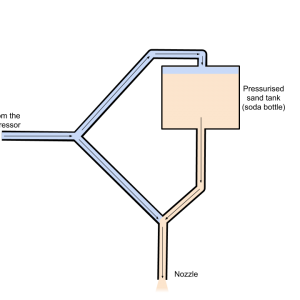
Getting Rid of Rust with Ada
There are a lot of DIY CNC projects out there (router, laser, 3D printer, egg drawing, etc.), but I never saw a DIY CNC sandblaster. So I decided to make my own.
11 entries tagged with #Makers

There are a lot of DIY CNC projects out there (router, laser, 3D printer, egg drawing, etc.), but I never saw a DIY CNC sandblaster. So I decided to make my own.
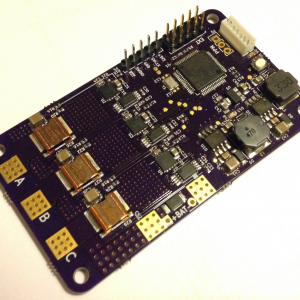
This project involves the design of a software platform that provides a good basis when developing motor controllers for brushless DC motors (BLDC/PMSM). It consist of a basic but clean and readable implementation of a sensored field oriented control algorithm. Included is a logging feature that will simplify development and allows users to visualize what is happening. The project shows that Ada successfully can be used for a bare-metal project that requires fast execution.
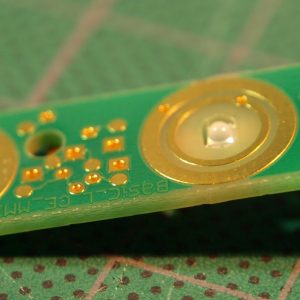
A few weeks ago one of my colleagues shared this kickstarter project : The Barisieur. It’s an alarm clock coffee maker, promising to wake you up with a freshly brewed cup of coffee every morning. I jokingly said “just give me an espresso machine and I can do the same”. Soon after, the coffee machine is in my office. Now it is time to deliver :)
In my previous blog article, I exposed some techniques that helped me rewrite the Crazyflie’s firmware from C into Ada and SPARK 2014, in order to improve its safety.

While searching for motivating projects for students of the Real-Time Systems course here at Universitat Politècnica de València, we found a curious device that produces a fascinating effect. It holds a 12 cm bar from its bottom and makes it swing, like an upside-down pendulum, at a frequency of nearly 9 Hz. The free end of the bar holds a row of eight LEDs. With careful and timely switching of those LEDs, and due to visual persistence, it creates the illusion of text... floating in the air!
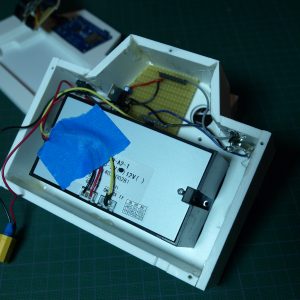
There are moments in life where you find yourself with an AdaFruit thermal printer in one hand, and an OpenMV camera in the other.
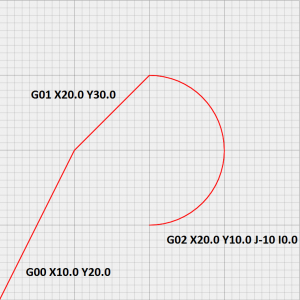
I started this project more than a year ago. It was supposed to be the first Make with Ada project but it became the most challenging from both, the hardware and software side.
When the Pebble Time kickstarter went through the roof, I looked at the specification and noticed the watch was running on an STM32F4, an ARM cortex-M4 CPU which is supported by GNAT. So I backed the campaign, first to be part of the cool kids and also to try some Ada hacking on the device.
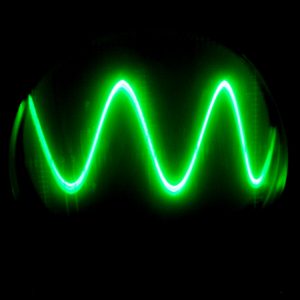
I started out as an electronic musician, so one of my original motivations when I learnt programming was so that I could eventually *program* the sounds I wanted rather than just use already existing software to do it.
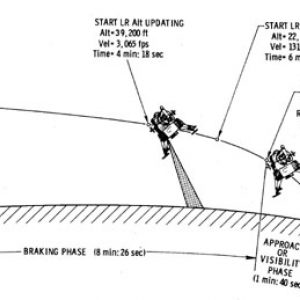
July 20, 1969, 8:18 p.m. UTC, while a bunch of guys were about to turn blue on Earth, commander Neil A. Armstrong confirms the landing of his Lunar Module (LM), code name Eagle, on the moon. Will you be able to manually land Eagle on the Sea of Tranquillity?
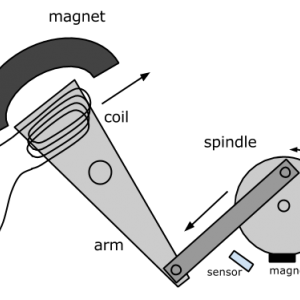
A few weeks ago I discovered the wonderful world of solenoid engines. The idea is simple: take a piston engine and replace explosion with electromagnetic field. In this article I will experiment a solenoid engine using a hacked hard drive and a software controller on a STM32F4 .